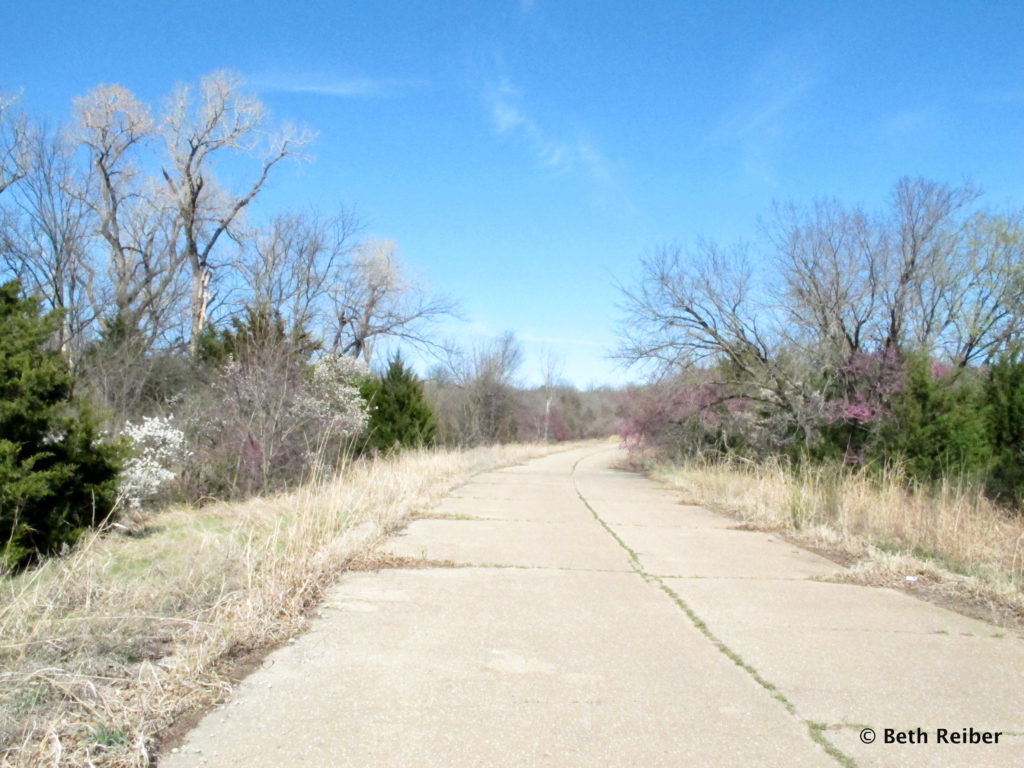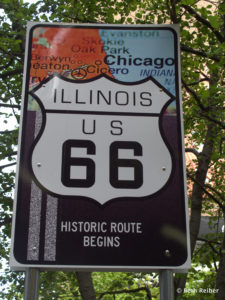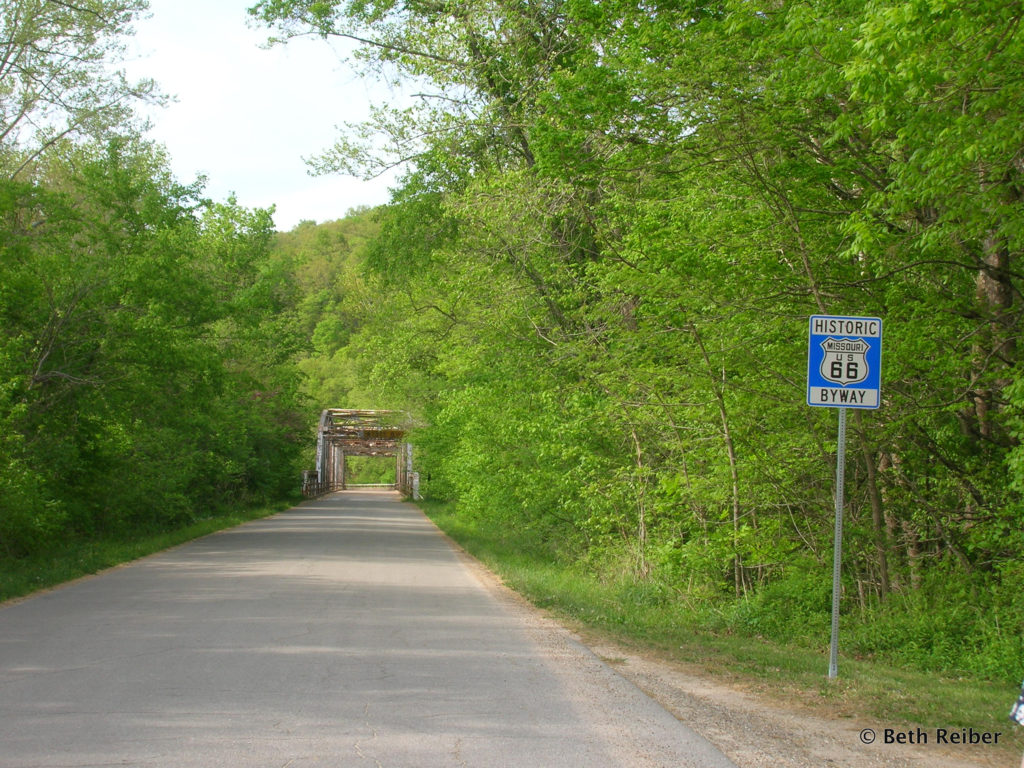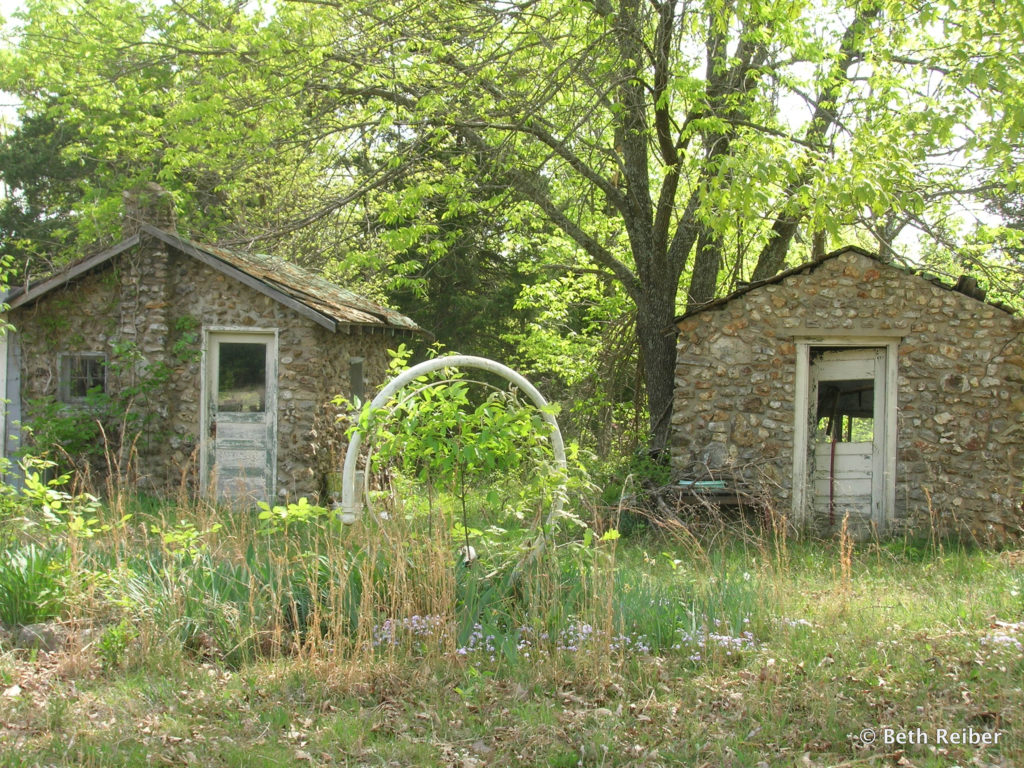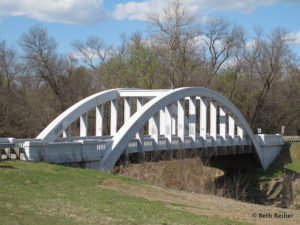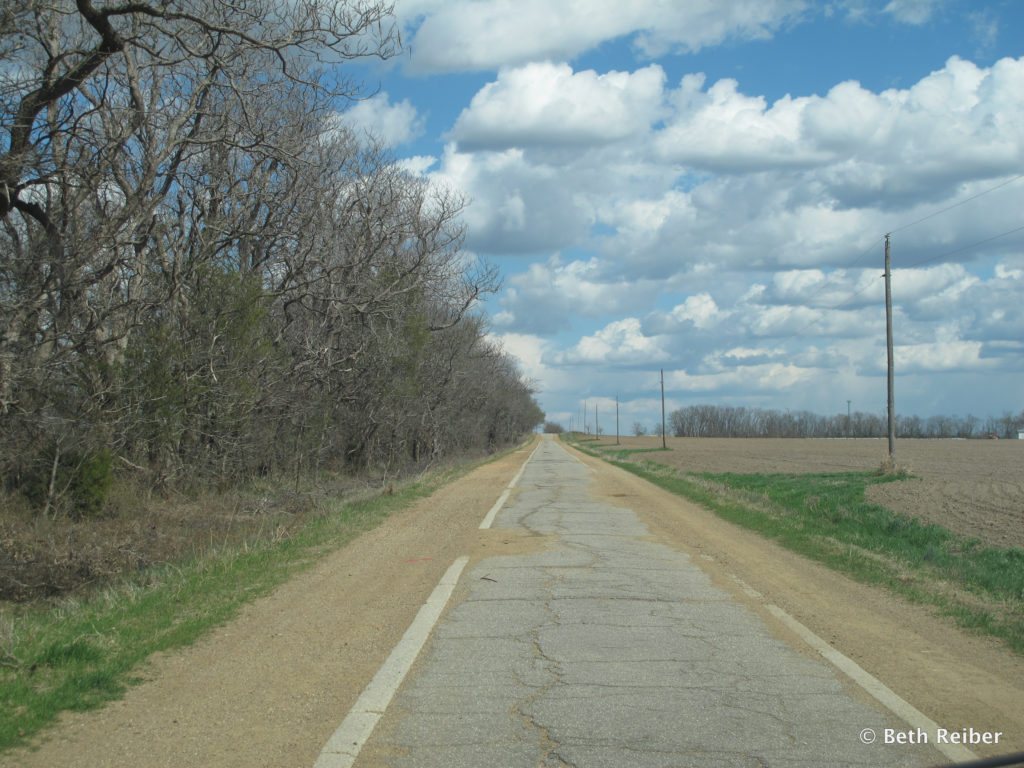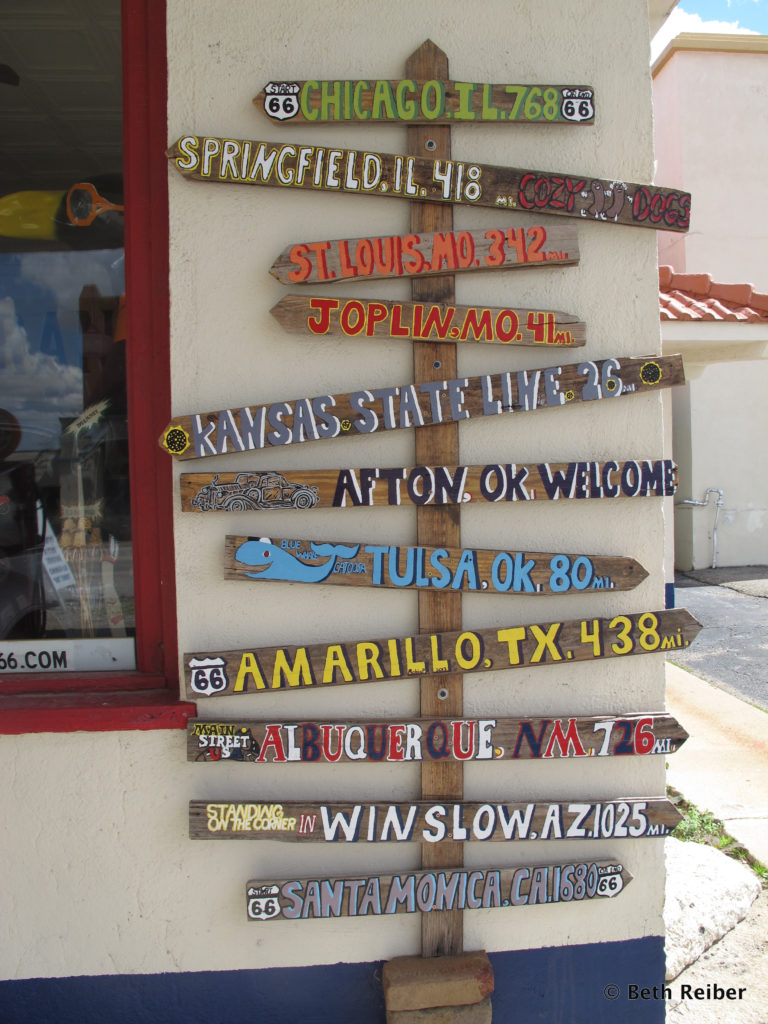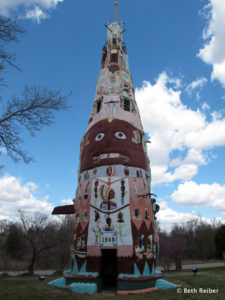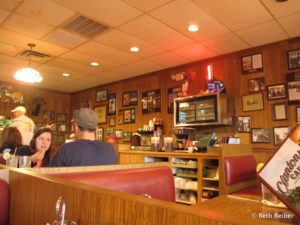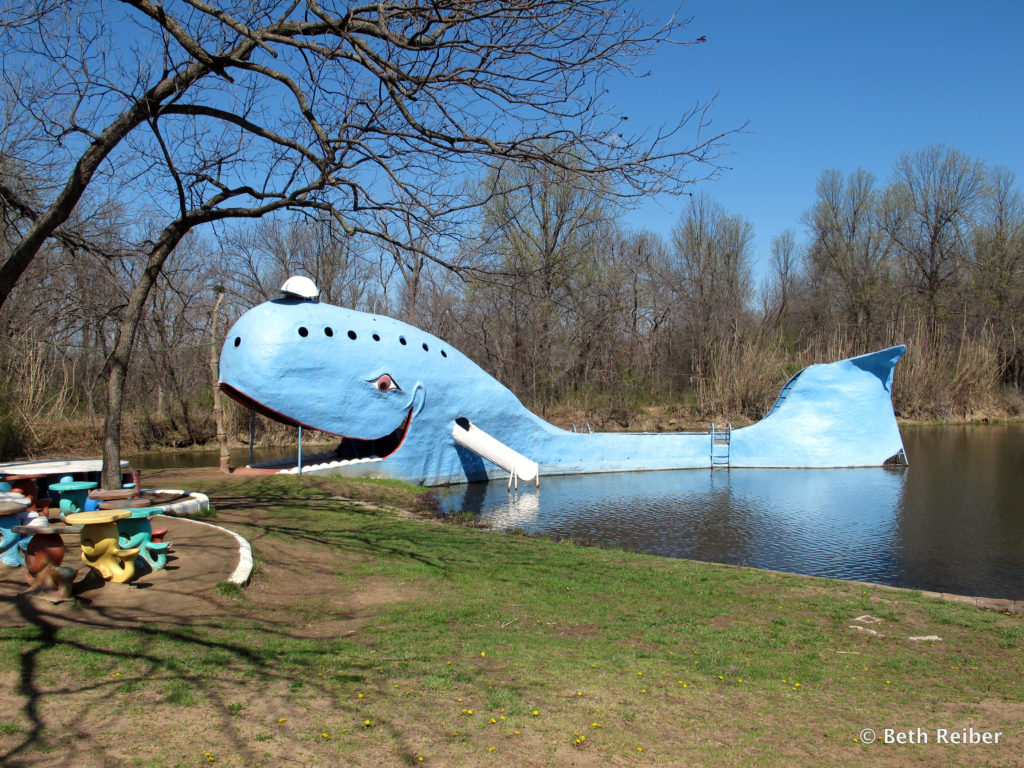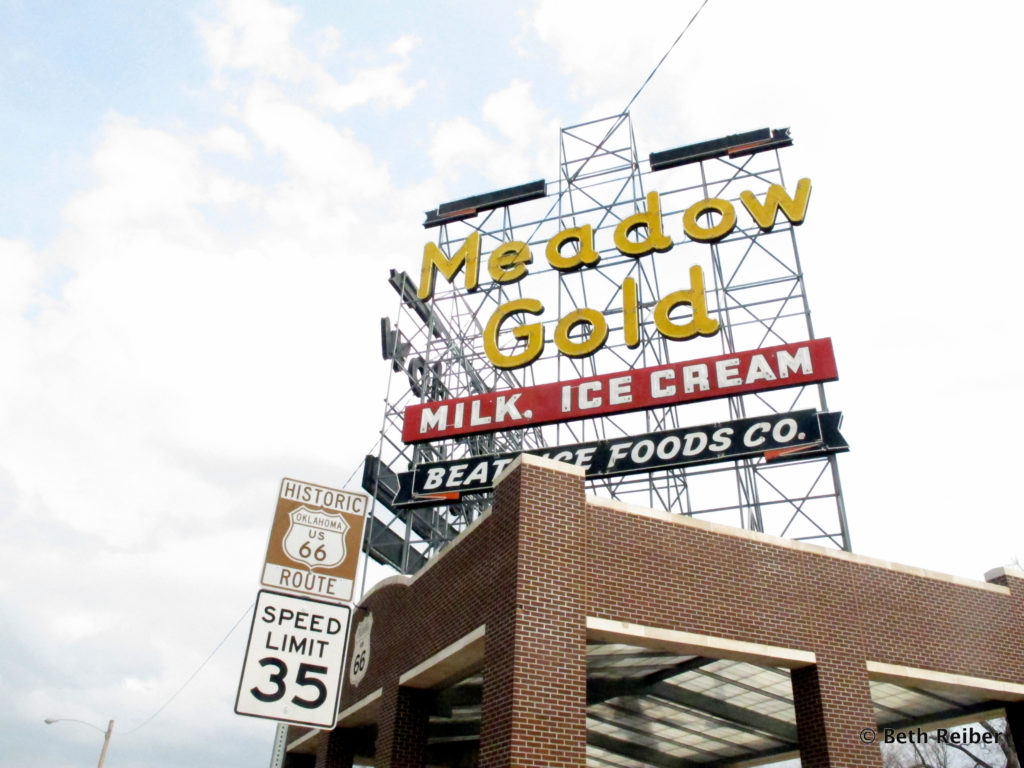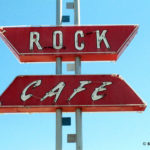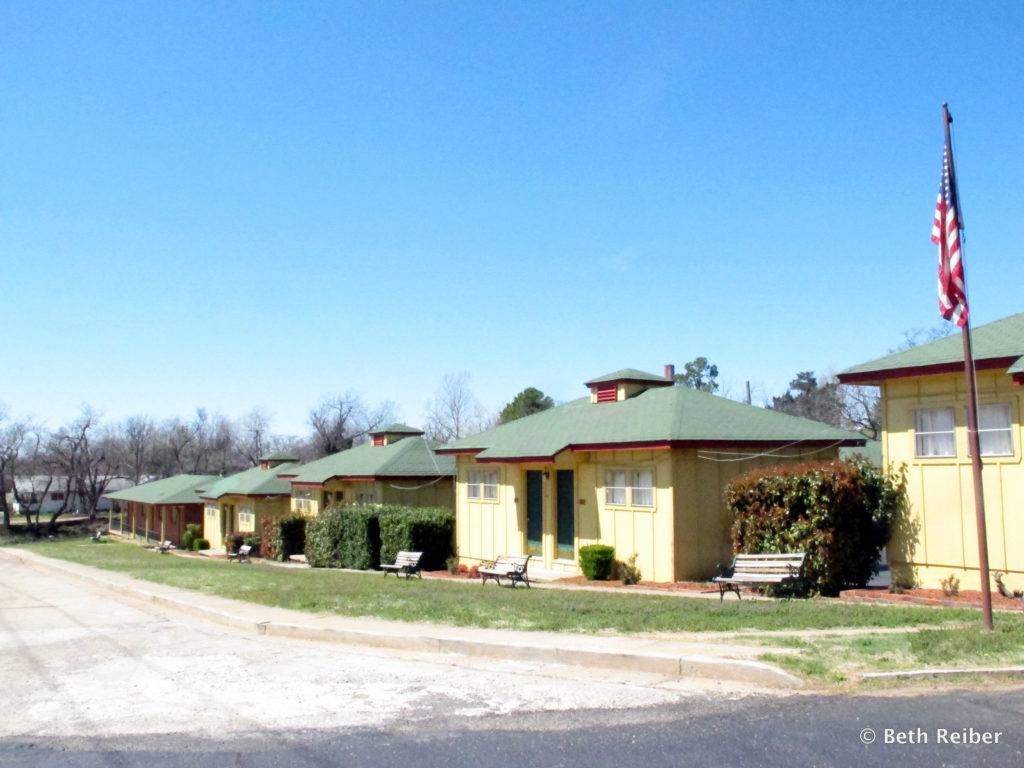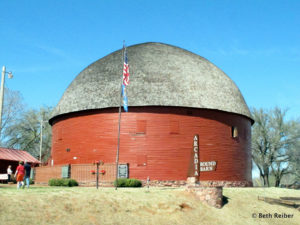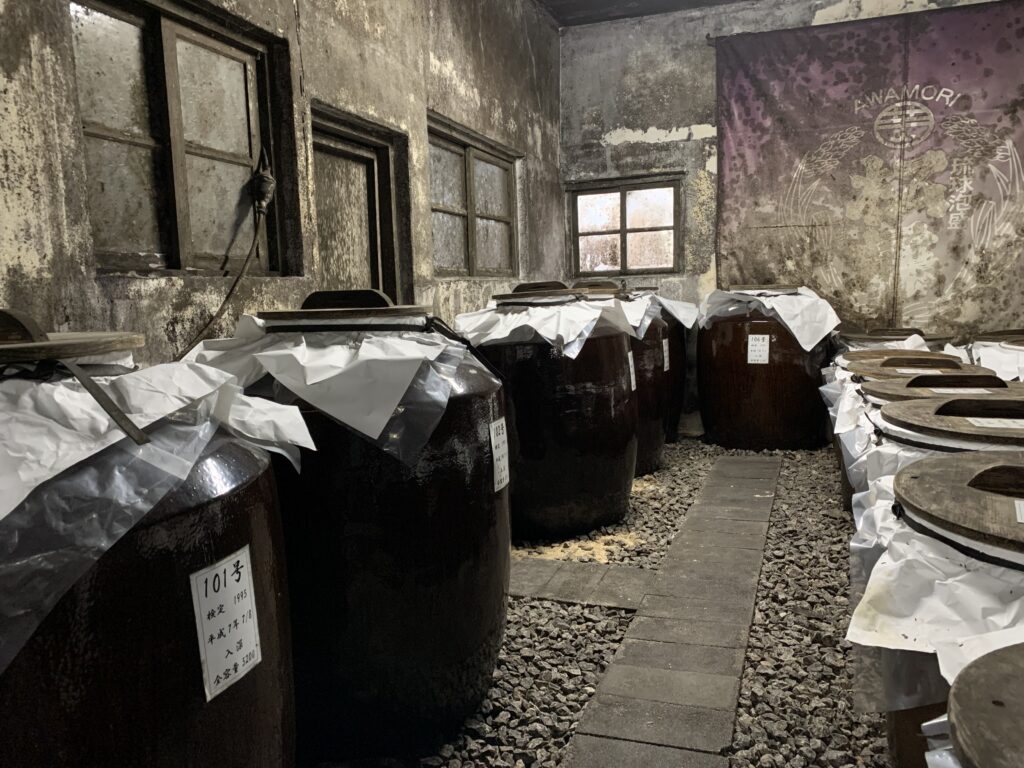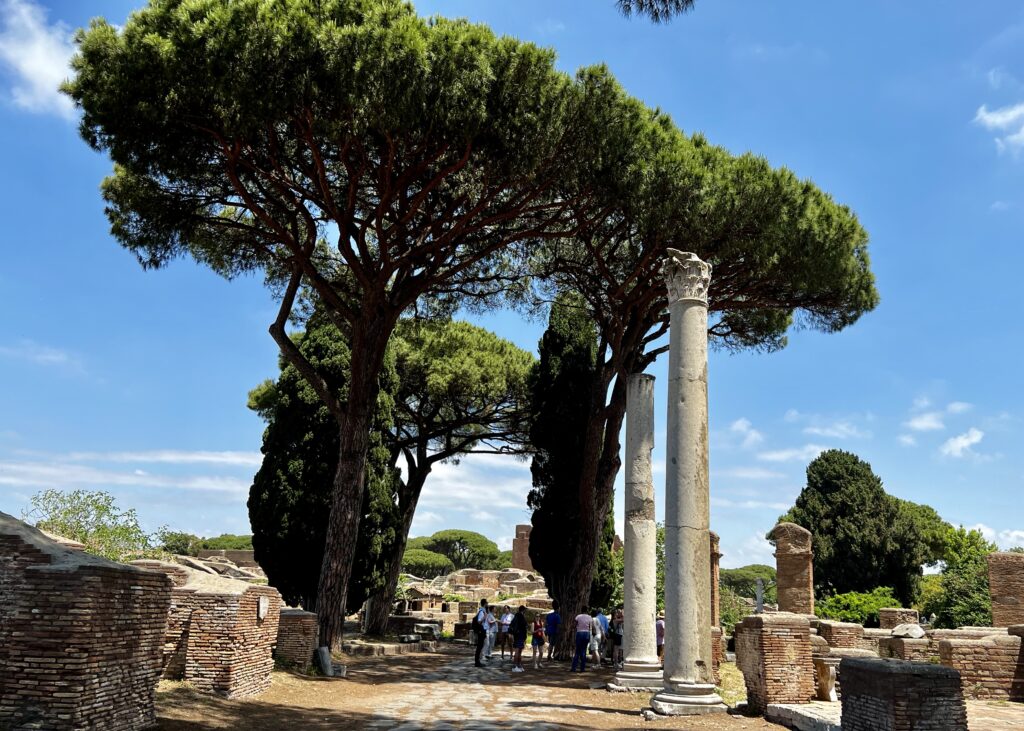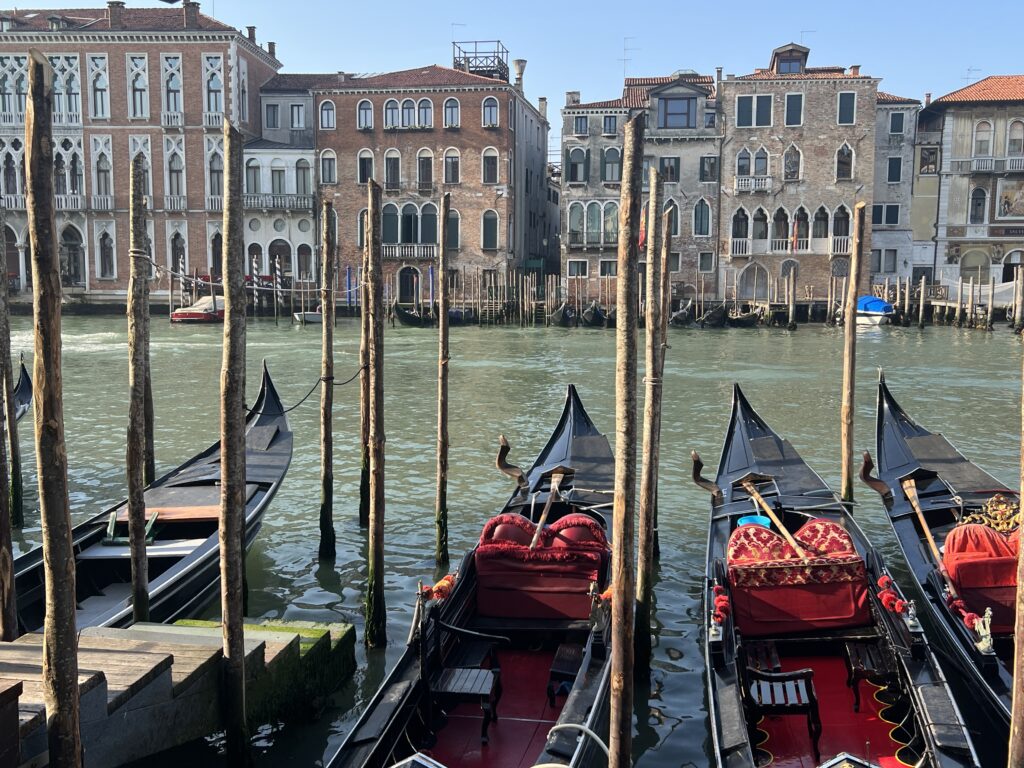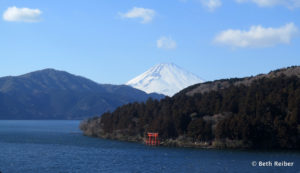There’s nothing like the beckoning open road, especially when there’s nostalgia involved. And there’s no more iconic US highway than Route 66. After all, it officially opened in 1926 as a 2,400-mile road linking Chicago with Santa Monica. Passing through eight states and three time zones, it was the Mother Road of roads, America’s main street traversed by families, drifters, dreamers and the destitute, leaving motor courts, diners, gas stations and cheap attractions in their wake.
Driving the entire route is high on my bucket list, especially before it cruises into its 100-year anniversary in 2026. Until then, I’ve had to content myself over the years with trips closer to home, tracing Route 66 through Missouri, Kansas and Oklahoma.
As much as 85% of Route 66 is still drivable, though the old highway itself has mostly been updated beyond recognition or has been incorporated into state and Interstate highway systems. Sometimes it’s almost impossible to follow; occasionally you find yourself on a long unbroken stretch, a narrow road with no shoulders that spirits you straight into the past. What surprises me is how many international tourists have taken to the Mother Road, some on motorcycles and others in Cruise America RVs, seeing a slice of American life as they journey
westward and experience changing landscapes from woods to fields to flat plateaus, eat different foods from pizza to barbecue, and listen to music starting with jazz and sliding into country.
Missouri
Missouri had 292 miles of Route 66, running from St. Louis diagonally across the state through Joplin to Kansas. Today it loosely weaves along Interstate 44. The following highlights are the order you’ll reach them starting in St. Louis, but there are many other arresting sights that will draw your attention. Plan on at least one overnight to do the drive justice.
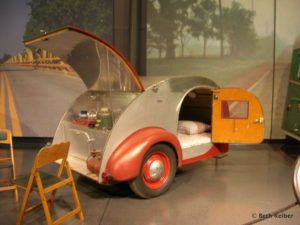
In St. Louis, be sure to see the Chain of Rocks, a significant landmark on Route 66 ever since its 1929 construction Stop by the National Museum of Transportation to see automobiles that were on the road during Route 66’s heyday, as well as a section of the wonderful Coral Court Motel, which I included in my Frommer’s St. Louis & Kansas City guide book but was unfortunately torn down in 1995. Then fuel up for your trip at Ted Drewes Frozen Custard, an institution ever since its first opening in Florida in 1929. Its location on Chippewa, open since 1941, was popular on Route 66, with frozen custards are so thick you can hold them upside down.
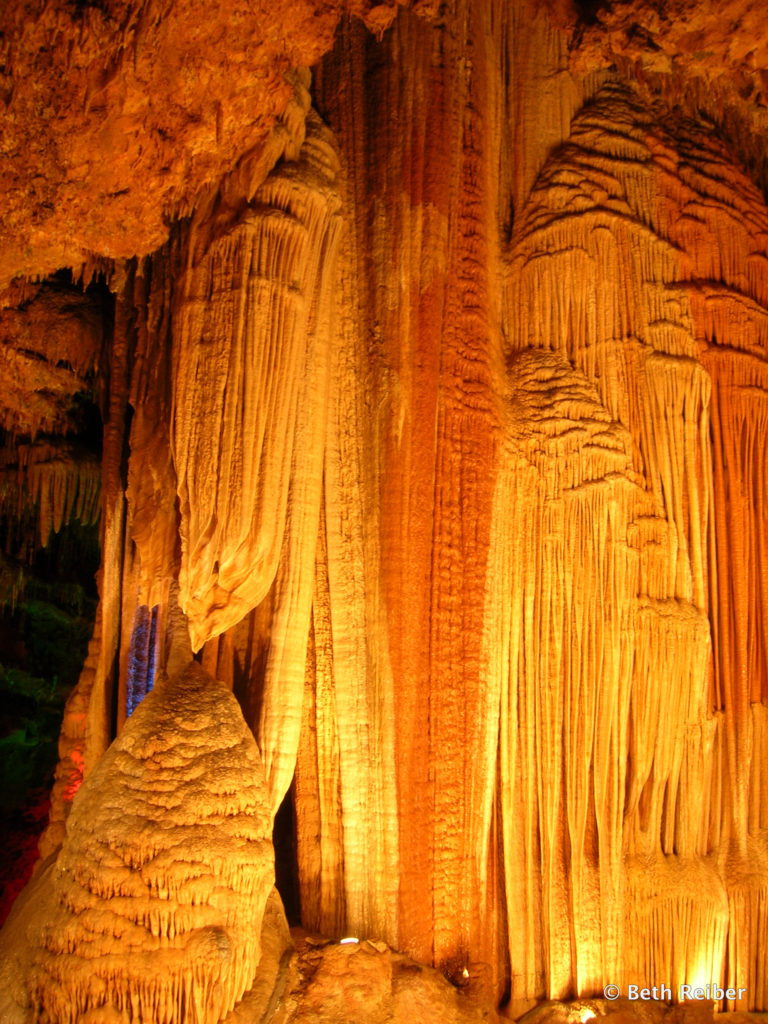
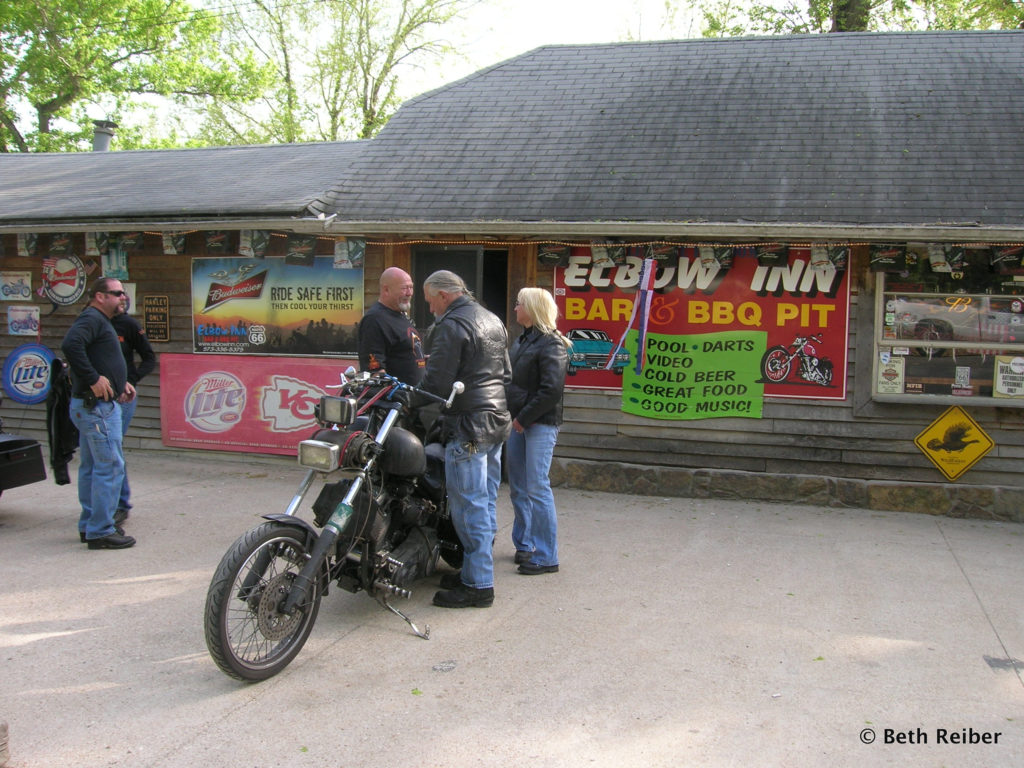
“Get Your Kicks on Route 66.” There are more than 200 renditions of this famous song, composed in 1946 by Bobby Troup and performed, among others, by Nat King Cole, Bing Crosby, Chuck Berry, and the Rolling Stones. And of course, what child of the ’60s didn’t watch Route 66, which followed the antics of two attractive guys driving around the country in a Corvette convertible? We all wanted to be them.
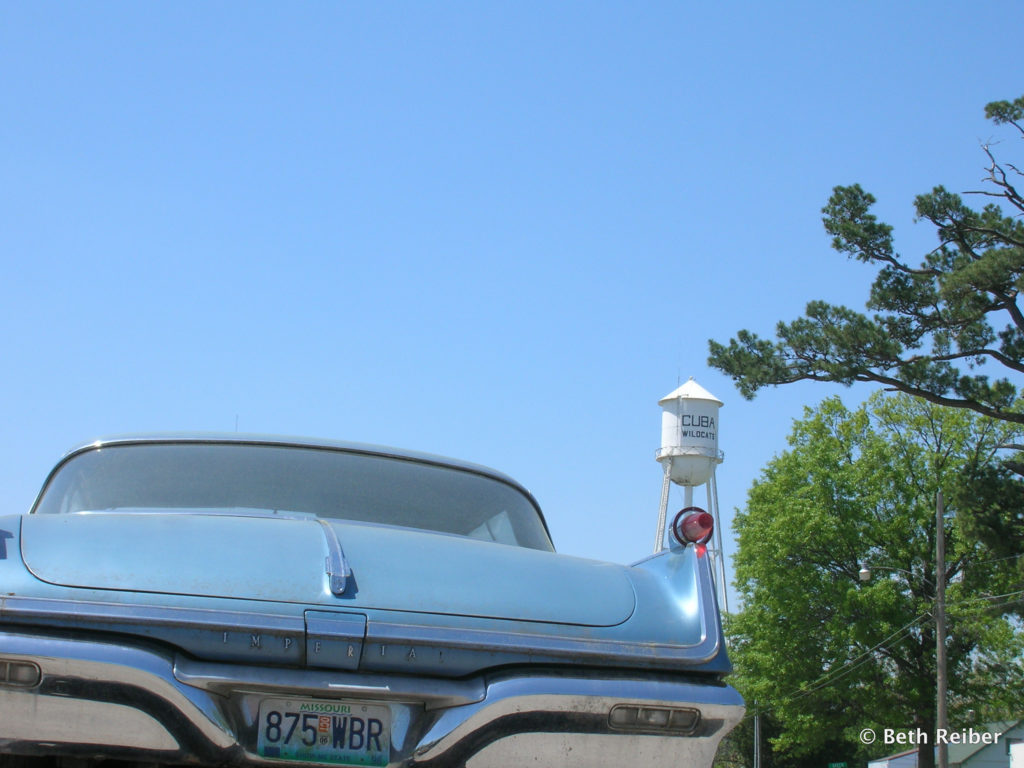
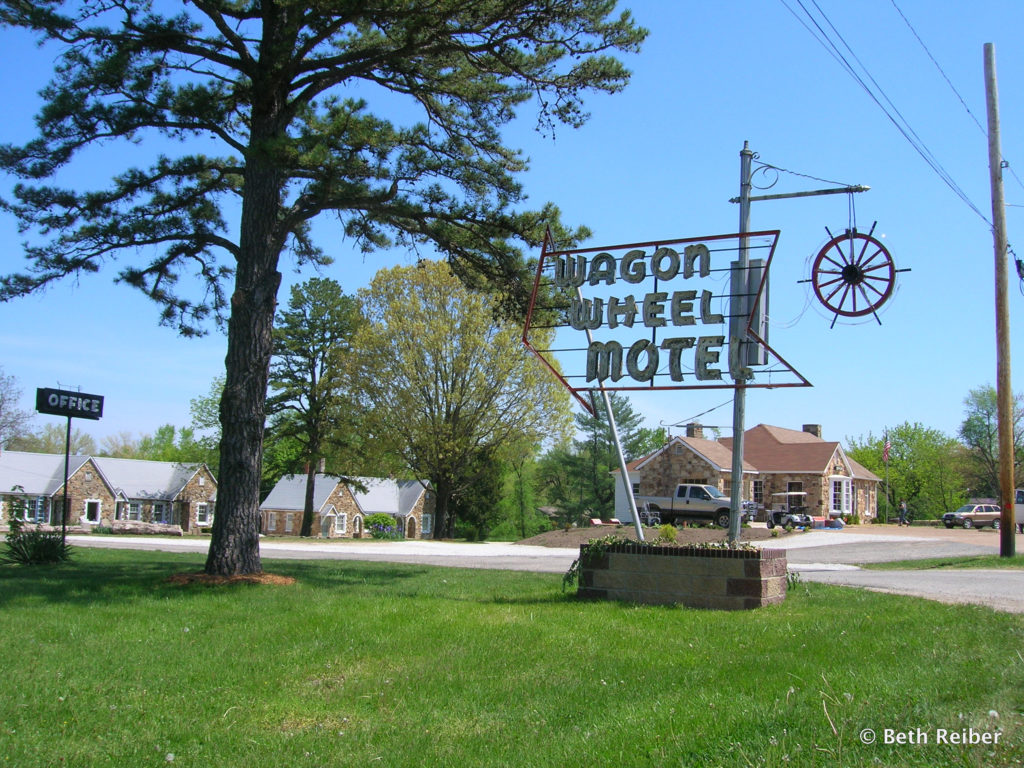
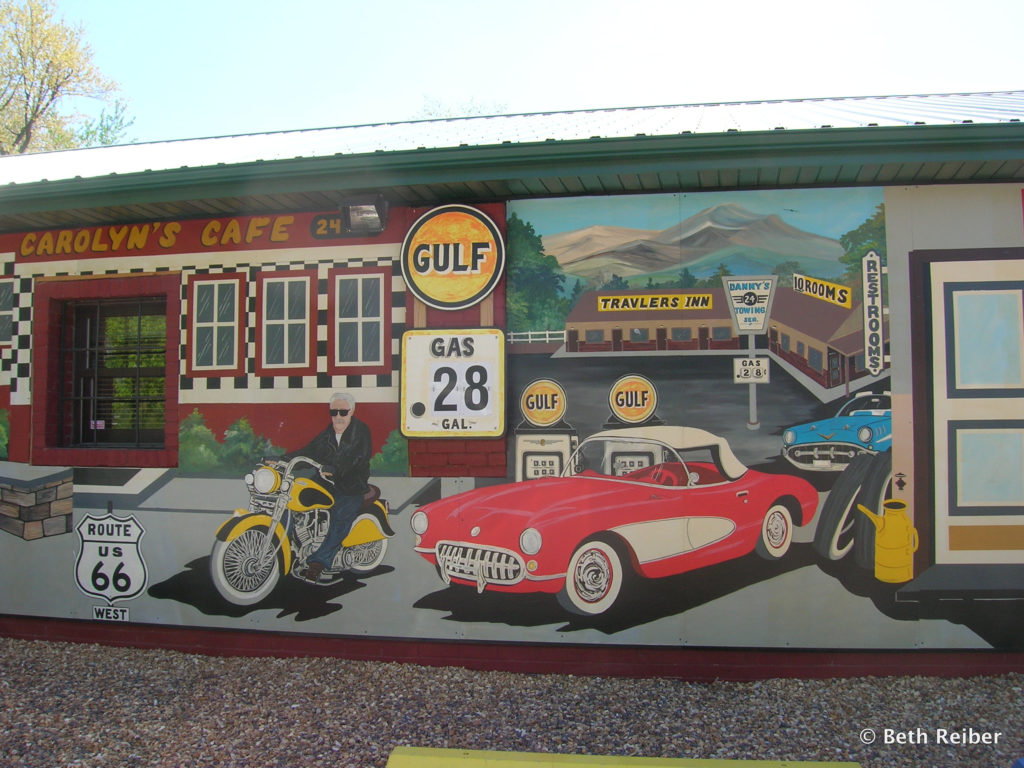
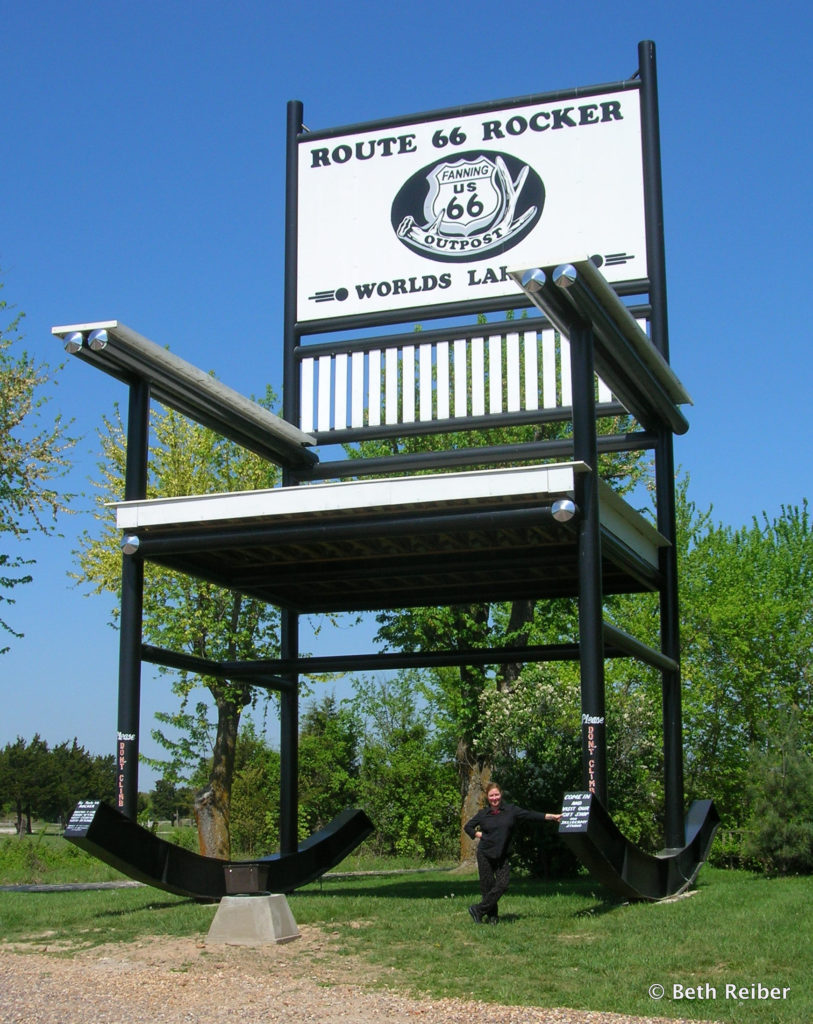
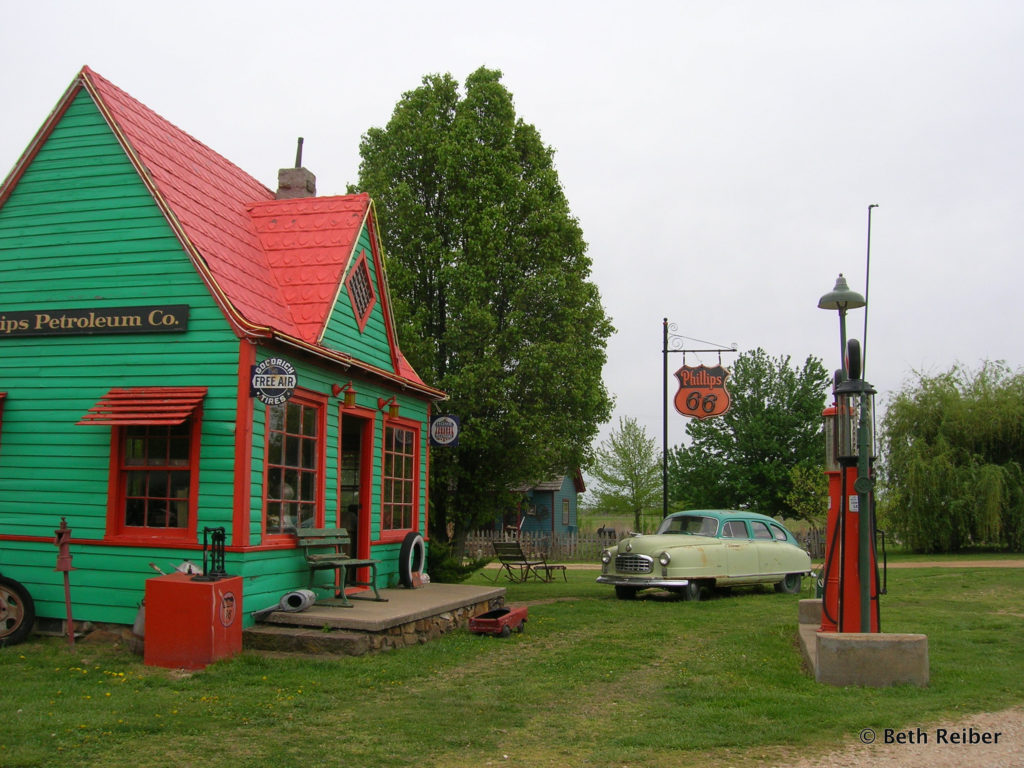
Kansas
Kansas has only 13 miles of Route 66, the shortest of any state blessed with this historic road. But it does have buildings from the era, especially in the old mining town of Galena, which used to be a bustling town of 30,000 but has dwindled down to some 3,000 souls. Kansas also has some nice stretches of old highway. Between Riverton and Baxter Springs on old Route 66, there’s the Marsh Rainbow Arch Bridge over Brush Creek, built in 1923.
Why do I feel the pull of the open road? Maybe from when I was a kid, when we piled into the car for long Sunday drives. Or when we took long road trips to visit relatives in distant states. We’d whizz by shanties in the South, people standing on street corners, roadside attractions, and I always wondered and fantasized about who those people were, what their lives were like. My dad never stopped. Maybe that’s why I always do.
Oklahoma
During the Dust Bowl of the 1930s, Route 66 carried countless “Okies” and others desperate for a better life, a migration immortalized in John Steinbeck’s The Grapes of Wrath. Later, after World War II and through the ’50s, towns along Route 66 experienced their first tourism boom as optimism swept the country and people began going on vacations, spurring entrepreneurs to open cafes, tourist traps, campgrounds, motor courts and trading posts.
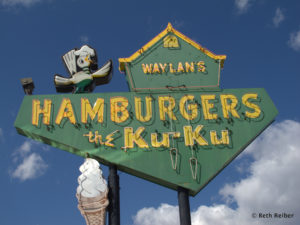
I’ve driven only the eastern part of Route 66’s journey through Oklahoma, but it’s my favorite stretch of Route 66 I’ve driven so far. With more than 400 drivable miles, more of Route 66 exists here than in any other state, representing Americana at its best. Like Missouri’s, it also runs diagonally across the state, mirroring I-44 from Commerce to Texola (unfortunately, I’ve only gotten as far as Oklahoma City). If you have time, you can easily spend three days in OK.
One of the most historic stretches of Route 66 runs 15.46 miles from Miami to Afton. Completed in 1922, it’s the only remaining 9-foot section of original pavement on old Route 66, probably because it was taken out of service in 1937. It’s on the National Register of Historic Places Site.
In Claremore, pay respects to one of America’s great humorists at the Will Rogers
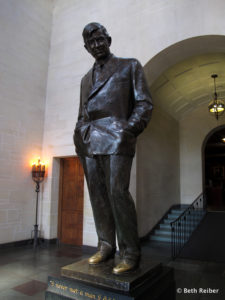
Memorial. The land was purchased by Rogers for his retirement home, but instead became his final resting place after his death in a plane crash in Alaska in 1935. At the Will Rogers Memorial you can watch a documentary on his life, learn about his life as a cowboy, newspaper columnist and radio commentator and see some of the 50 silent movies and 21 “talkies” he starred in. There are a lot of quotes I like, including “It’s awful hard to get people interested in corruption unless they can get some of it,” and “I never met a man I didn’t like.”
A small sidetrack between Claremore and Vinita brings you to a rather eccentric tribute to folk art, Totem Pole Park. It features “The World’s Largest Concrete Totem Pole,” built by Ed Galloway in his retirement years in dedication of American Indian culture.
If you didn’t eat at Waylan’s, you have another chance at Clanton’s Cafe in Vinita, which, now in its fourth generation of the Clanton family, claims to be the oldest family-owned restaurant on Route 66 in Oklahoma. It started in 1927 as the Busy Bee Cafe and now offers flash-fried calf fries (read testicles), chicken fried steak, sandwiches, pot roast and more.
But what really catches the eye outside Catoosa is a giant blue whale, built in the 1970s and once a popular stop for families wanting to swim but now a rather happy-looking beached whale.
Tulsa, in my opinion, is one of Oklahoma’s most attractive cities, due in no small part to its lavish art deco buildings spurred by all the wealth created by the oil industry and its neon signs. There are lots of Route 66 memorabilia and relics here, like the 1924 Blue Dome on Elgin, Oklahoma’s first 24-hour gas station; a former Phillips 66 gas station at 6th and Elgin now home to Avis Rent-A-Car; and the Warehouse Market Building at 925 S. Elgin, built in 1929.
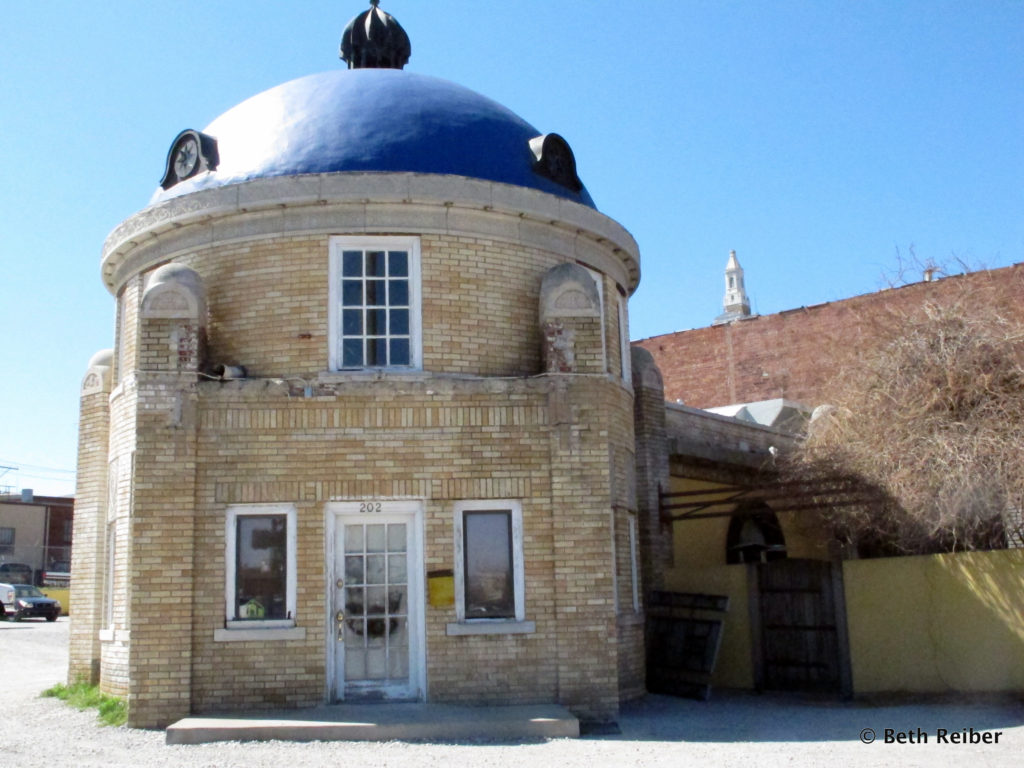
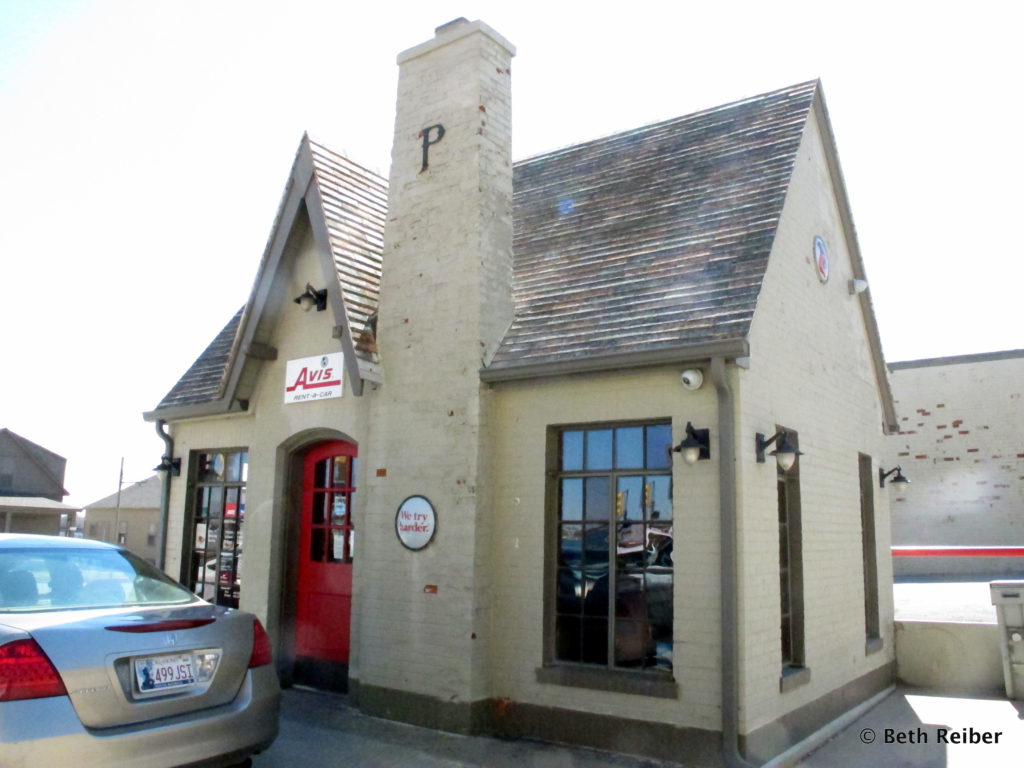
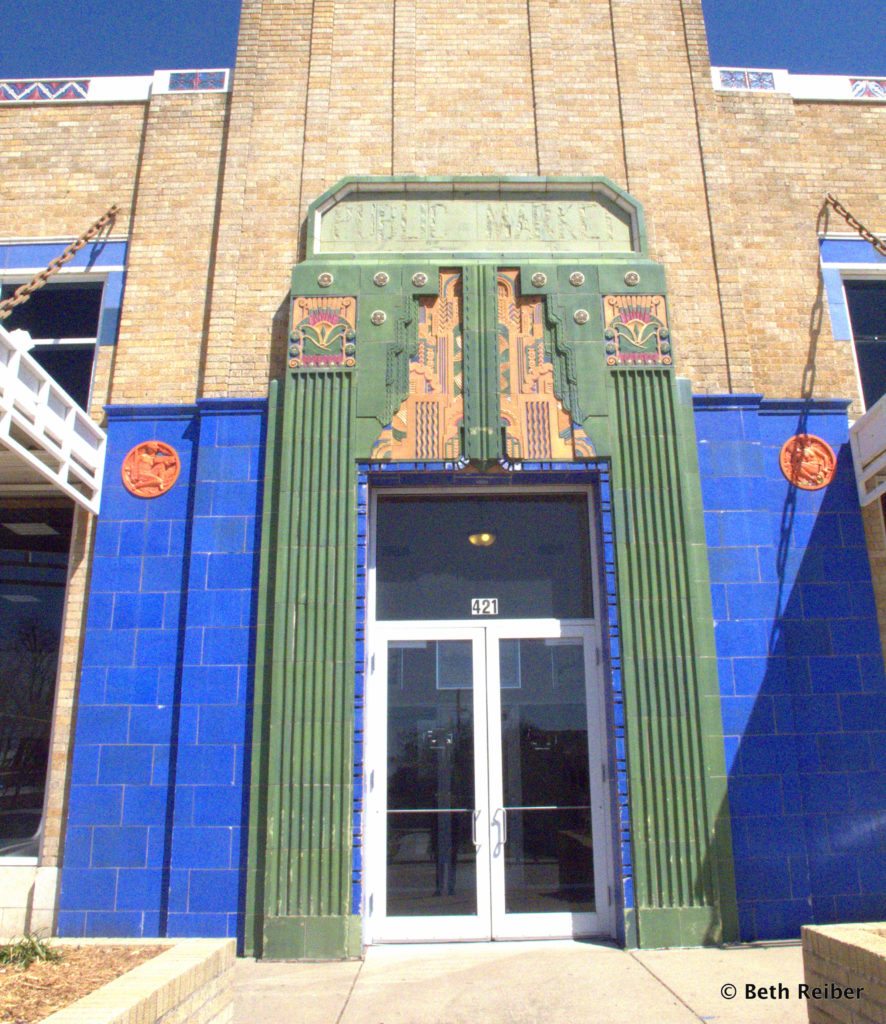
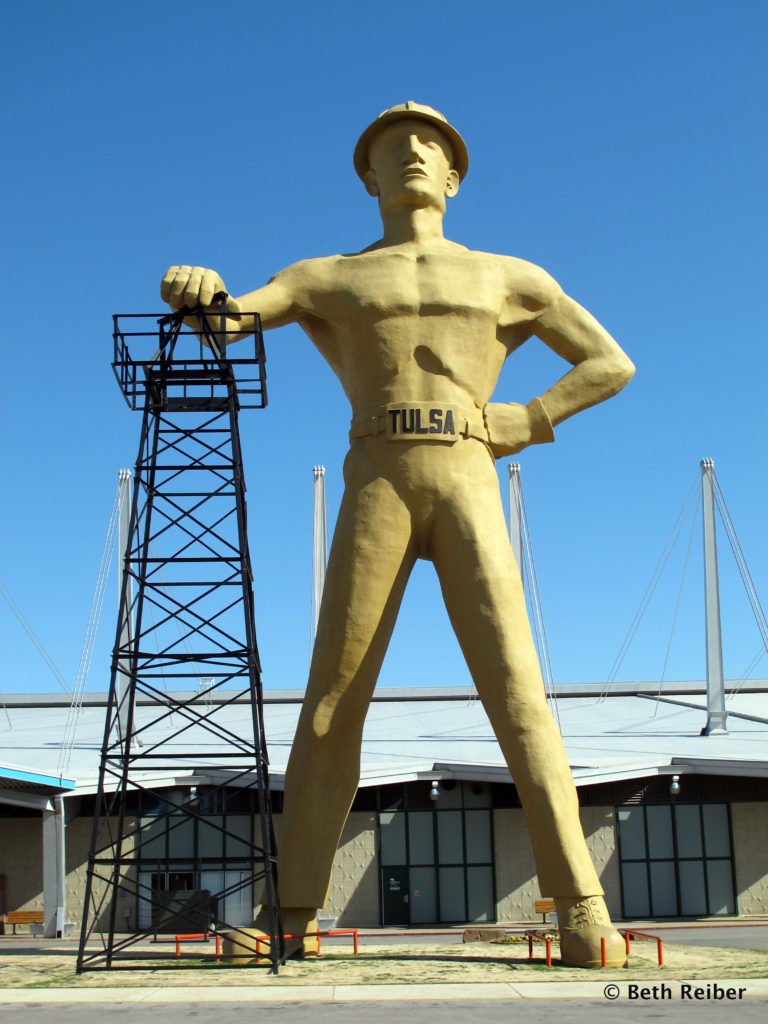
You
While in Tulsa you should also see the Philbrook Museum of Art, at home in an Italian Renaissance 1927 villa with an impressive array of art and 23 acres of gardens. My other favorite Tulsa attraction is the Gilcrease Museum with one of the most astounding and comprehensive collections of Indian and Western art I’ve seen, but it’s closed for a major overhaul until 2024 or 2025.
Then it’s on the road again. The 100-mile segment from Tulsa to Oklahoma City was one of the first completed sections of the entire Route 66 and remains one of the most popular. Hungry? Stop by the Rock Cafe in Stroud, open since 1939 but looking different from my first meal there in the mid ’90s. That’s because a tragic fire left behind only four standing walls, fireplace and, thank goodness, the original grill. Burgers, chicken fried steak and Jaegerschnitzel with Spaetzle are popular items.
Farther down the road, in Chandler, stop by the Route 66 Interpretive Center, one of many museums along the Mother Road dedicated to the highway’s history, testimony to how beloved this road is. It occupies the former National Guard Armory, built in 1936-37 as part of the federal Works Progress Administration (WPA). For Lodging, also in Chandler is the Lincoln Motel, first built in 1939 and with cute cottages that were common during the days of motor courts.
Near Arcadia are two landmarks you can’t miss–literally and figuratively–one old and the other contemporary, both now woven into Route 66 lore. The Round Barn was constructed in
1892 in a singular round form because it was thought tornadoes would pass it by. In addition to serving as a shelter for cattle, oxen and mules, its upper floor was popular for barn dances. After it fell into decay through neglect, it was resurrected in the 1990’s by a volunteer group known as the “over-the-hill” gang because most of the volunteers were older than 65. Today it serves as an interesting gift shop selling Route 66 memorabilia and antiques (be sure to go upstairs for a look at its round ceiling).
Then go to Pops, which stocks a cool 700 different kinds of soda, sparkling waters and other refreshments, including a Round Barn Root Beer made locally just for this store. You can eat here, too, whether it’s sandwiches and salads or burgers, the ubiquitous chicken fried steak, or seasonal cobbler.
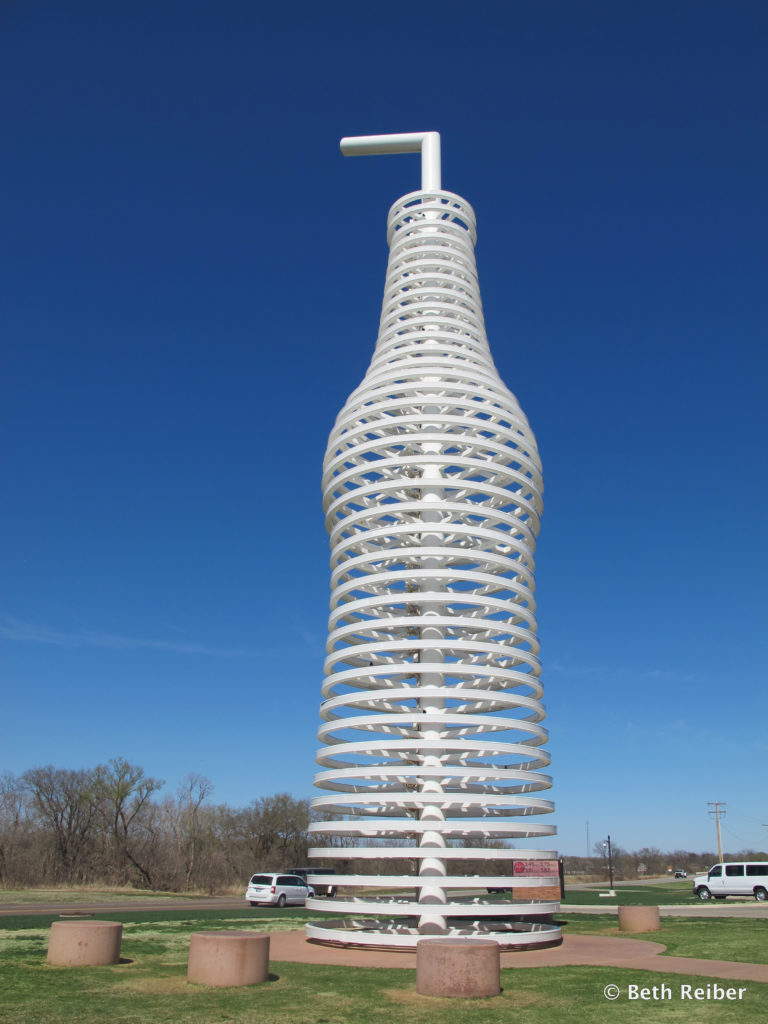
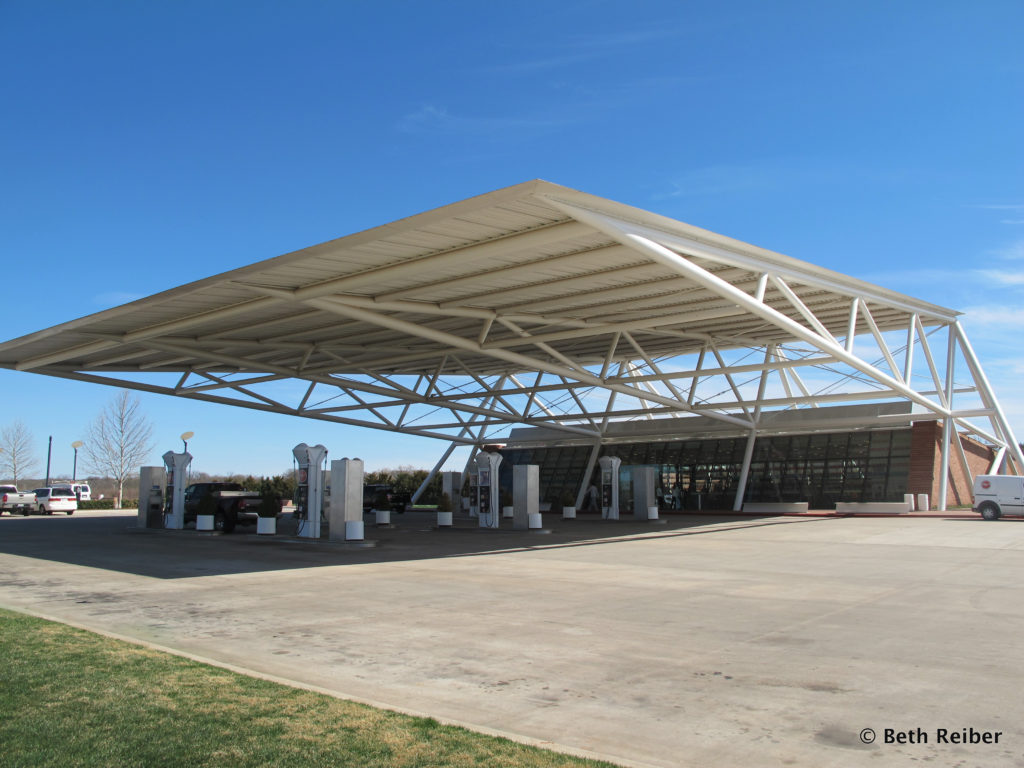
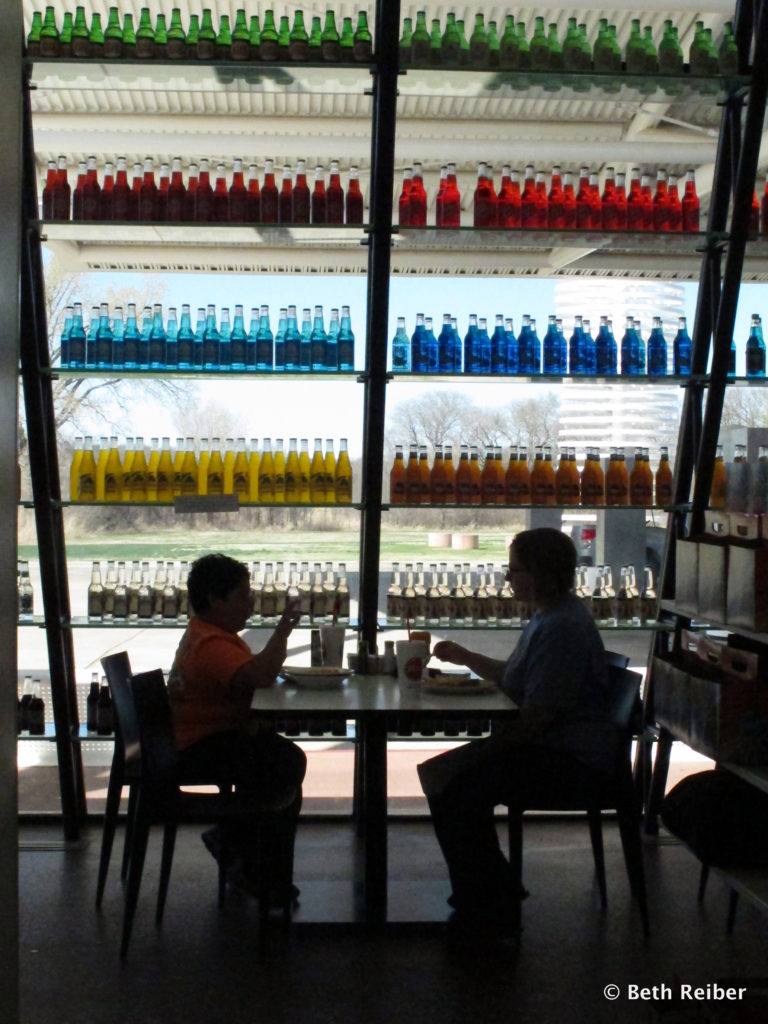
In Oklahoma City, the state’s capital and largest city, there’s plenty to see, too, including the ornate 1937 Tower Theater, the Gold Dome Building (built in 1958 as the fifth geodesic dome in the world), and much, much more (if you have kids, be sure to also visit the Oklahoma City Zoo).
But while there are plenty of attractions, cafes and other places that will lure you out of your car as you travel on Route 66 through Missouri, Kansas and Oklahoma, I’m still captivated also by the things I see from my car. There are pole barns, abandoned cars and farm equipment, re-purposed gas stations serving as diners or for pet grooming, roadside attractions now dead and forgotten, motel skeletons, houses caving in on themselves, pecan groves and red dirt fields. US Highway 66 was officially decommissioned in 1985, doomed by faster four-lane Interstates. Furthermore, Route 66 isn’t constant. It goes from blacktop to old cement. It has changed course thousands of times and been killed in places. Often it piggybacks on four-lane highways but redeems itself by threading along main street in small towns. Some segments are so patched up and rough, you can’t drive much faster than they used to. Will you get lost? You betcha.
I’ve read it takes about two weeks to drive all of Route 66, but I can imagine taking longer. There’s so much to see, an accumulation of years, people and events that somehow keep on living, even if only in our imagination.
For more on Missouri, read my blogs The German in Hermann, Missouri, The Hermann Wine Trail, and Rocheport a 1950s Time Capsule.
